Any teacher showing less than drill-sergeant ruthlessness could expect no mercy from Shennon and Lotton. One afternoon when they returned to Ernie’s study to be carpeted yet again, they found the head absent and his mild little deputy, Ian Gallaway, facing them over the magisterial desk. As Mr Gallaway bent forward to peer at the punishment book, John began gently tickling the few wisps of hair on the deputy head’s cranium. Thinking a fly had landed there, he brushed absent-mindedly at it without looking up. ‘John was laughing so much that he actually pissed himself,’ Pete Shotton remembered. ‘Then Gallaway said, “What’s that puddle on the floor?’ John said, “I think the roof must be leaking, Sir.”’
The curious thing about this stubborn ne’er-do-well was that, away from the classroom and its hated compulsion, he was a bookworm whose taste in literature far outpaced Quarry Bank’s English syllabus and who, left to his own devices, spent hours in the posture of the most conscientious student, reading, writing or drawing.
Quarry Bank’s head of English, Lancelot (‘Porky’) Burrows, was never one of his classroom targets and, indeed, regarded him as a stimulus to other pupils rather than a distraction. Porky dealt with John by appealing to his sense of the absurd, for example instituting a punishment known as whistling detention: if John persisted in whistling when told not to, he would be kept in after school and forced to whistle for ten or so fatiguing minutes. Porky also artfully fostered his interest in poetry via his talent for art. An English exercise book from his junior year at Quarry Bank—neatly covered in brown paper and titled MY ANTHOLOGY—demonstrates what pains he would take if his enthusiasm were aroused. Quotations from classic poems like Longfellow’s Song of Hiawatha and Tennyson’s ‘Morte d’Arthur’ are framed by watercolour cartoons showing a remarkable maturity of line and grasp of perspective as well as their unmistakable scatty humour. Porky kept the book to show future generations of students the standard they should aim for.
Two comic artists, one British, one American, were to have a profound influence on John’s style. He loved the intricate, scratchy technique of Ronald Searle, whose sadistic St Trinian’s schoolgirls were modelled on Searle’s guards as a Japanese prisoner of war in Burma. And, thanks to Aunt Mimi, he became a devotee of James Thurber, both the writings for The New Yorker and the cartoons, whose surreally wavering lines were a product of Thurber’s own near-blindness. John later said he began consciously ‘Thurberising’ his drawings from about the age of 15.
He kept a special exercise book for caricatures of his teachers and classmates, organised with a meticulous care that would have astonished Quarry Bank staff other than Porky Burrows. Pete Shotton (‘A Simple Hairy Peters’) popped up repeatedly, with his pale curls and rosy face, shaking a baby’s rattle or peeping from a dustbin. There was even a portrait of the artist himself, wearing his hated National Health glasses and self-deprecatingly captioned ‘Simply A Simple Pimple Shortsighted John Wimple Lennon.’ In this case, ‘Wimple’ did not mean a nun’s veil but was the name of a character in one of John’s favourite radio programmes, Life with the Lyons .
The book was passed around among John’s cronies each time a new character was added to it. Harry Gooseman was once even allowed to take it home overnight to show to his family. John liked to regard it as a campaign of subversion that would bring authority’s direst wrath on his head if it were ever discovered. In fact, Quarry Bank’s teachers were no less sorely in need of some comic relief than the boys, and they tended to laugh just as loudly if they chanced to see his lampoons of them. One summer term, during preparations for the school’s fund-raising garden fête, he even found his subversion co-opted to official ends. Half facetiously he proposed decorating squares of card with caricatures of his teachers, then pinning them up for people to throw darts at—but to his amazement, the idea was accepted. The game attracted a large crowd and Shennon and Lotton were later commended for raising more money than any other stall, despite having kept back £16 of the take for themselves.
Even the po-faced early fifties had not quite extinguished a timehonoured British trait, handed on from Lewis Carroll and Edward Lear to W S Gilbert and P G Wodehouse—that of using all one’s intelligence to be unbelievably silly. Until John reached his teens, he was like a prospector, panning through the drab shale of logic and common sense that constituted his daily life at Quarry Bank and Mendips for those few stray, gleaming nuggets of absurdity. The school library introduced him to Stephen Leacock, Canadian author of ‘nonsense novels’ like Q: A Psychic Pstory of the Psupernatural and Sorrows of a Supersoul, or the Memoirs of Marie Mushenough (Translated out of the Original Russian by Machinery) . Early children’s television programmes featured occasional appearances by ‘Professor’ Stanley Unwin, a pious-looking man who told fairy stories in innuendo-laced gibberish, such as ‘Goldiloppers and the Three Bearlodes’. English lessons at Quarry Bank provided an unexpected seam in the Middle English of Geoffrey Chaucer’s Canterbury Tales (‘When that Aprille with his shoures soote…’) so often like Stanley Unwin speaking from the 14th century.
All this was mere marginalia, however, in comparison with The Goon Show , which had begun its first series on BBC radio in 1951 but hit full stride in 1953, the year of the Queen’s coronation. Scripted almost single-handedly by Spike Milligan, it superficially harked back to the Second World War ( Goons had been Allied prisoners’ nickname for their German guards) and to a Conan Doyle-esque world of spies, intrigue and derring-do. But in content it was mouldbreakingly anarchic, a mélange of demented voices and lunatic situations such as had never before been offered to a British audience, least of all on the sanctified airwaves of the BBC.
Together with a then little-known variety comedian named Peter Sellers, Milligan created a gallery of characters who often seemed to have only the most nodding acquaintance with the human race—the decrepit Colonel Bloodnok, the quavery duo of Henry Crun and Minnie Bannister, the moronic Eccles, the supersmooth Grytpype-Thynne, the whining hermaphrodite Bluebottle. Embedded in the madness like hooks in blubber were jibes against previously inviolable national institutions such as the army, the church, the Foreign Office and even the BBC itself (which the corporation, amazingly, seemed never to notice).
The Goons’ most besotted fans were middle-class pre-adolescent schoolboys, those over-serious war babies who had hitherto believed the oppressive sanity of life to be everlasting. For John, between 1953 and 1955, they were the brightest spot in his whole existence. Nothing could unstick him from the wireless on evenings when the cut-glass voice of announcer Wallace Greenslade presaged another Milligan free-form fantasy such as ‘Her’ (a parody of H Rider Haggard’s She ) or ‘The Sinking of Westminster Pier’, featuring Minnie and Henry as oyster-sexers, with frantic musical interludes by Dutch harmonica player Max Geldray. John could do the voices and catchphrases of every character, from Minnie’s senile gurgle to Bluebottle’s scandalised shrieks of ‘I do not like dis game’, ‘Dirty, rotten swine!’ and ‘You deaded me!’
As the terms passed, ‘Cutting class and going AWOL’ became an ever more frequent charge against Shennon and Lotton in Quarry Bank’s punishment book. The bicycles that had been a reward for scholastic excellence allowed them to escape far from the school precincts and any likelihood of detection. By their third year, they had discovered smoking, a habit then practised almost universally by adults and attended by no health warnings. The usual routine was to filch a packet of Wild Woodbines or Players Weights from some unsuspecting tobacconist, then repair to Reynolds or Calderstones Park, rest their bikes on the grass, and smoke all ten ‘ciggies’ at one go, while John blew salvoes on his mouth organ or shouted in Bloodnok or Bluebottle voices at passers-by or the ducks on the lake.
Читать дальше
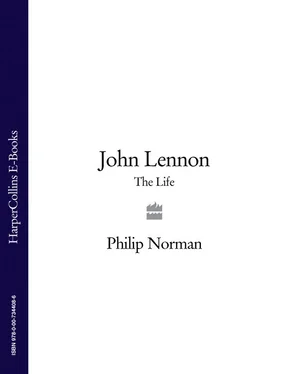
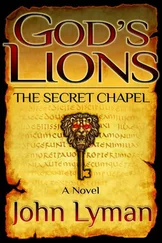
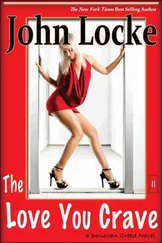
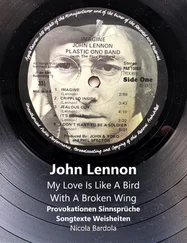
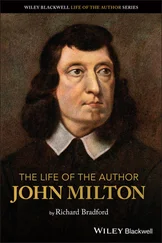
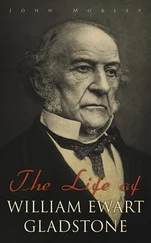

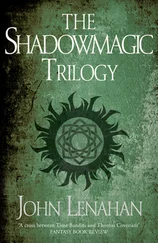
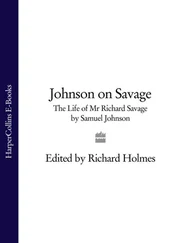
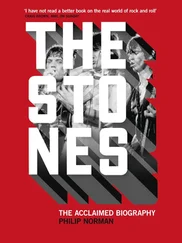


![John Bruce - The Lettsomian Lectures on Diseases and Disorders of the Heart and Arteries in Middle and Advanced Life [1900-1901]](/books/749387/john-bruce-the-lettsomian-lectures-on-diseases-and-disorders-of-the-heart-and-arteries-in-middle-and-advanced-life-1900-1901-thumb.webp)